
Bed thickness and airflow
This topic explains how bed thickness and airflow are managed in honey and pulped natural coffee processing, why they matter for uniform drying, and their impact on flavor and defect prevention.

This topic explains how bed thickness and airflow are managed in honey and pulped natural coffee processing, why they matter for uniform drying, and their impact on flavor and defect prevention.
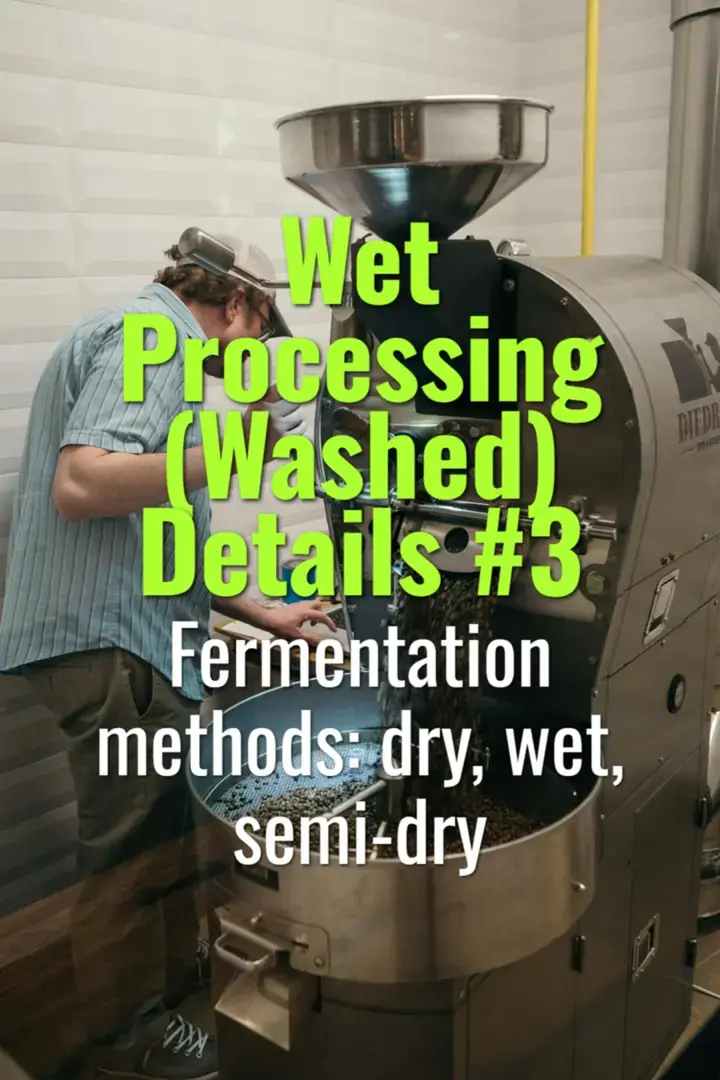
This topic explains the three main fermentation methods used in washed coffee—dry, wet, and semi-dry—how they differ, their effects on processing efficiency, and their influence on flavor outcomes.
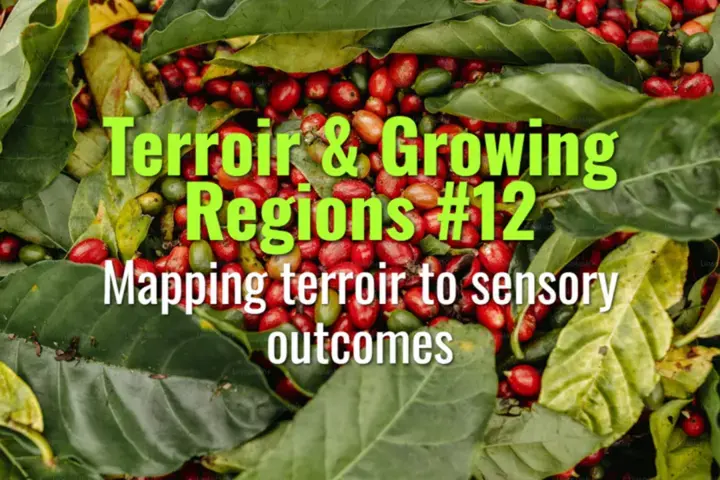
This topic explains how terroir factors such as soil, altitude, climate, and farming practices translate into sensory outcomes in the cup, and how these links are mapped and understood by producers, roasters, and consumers.
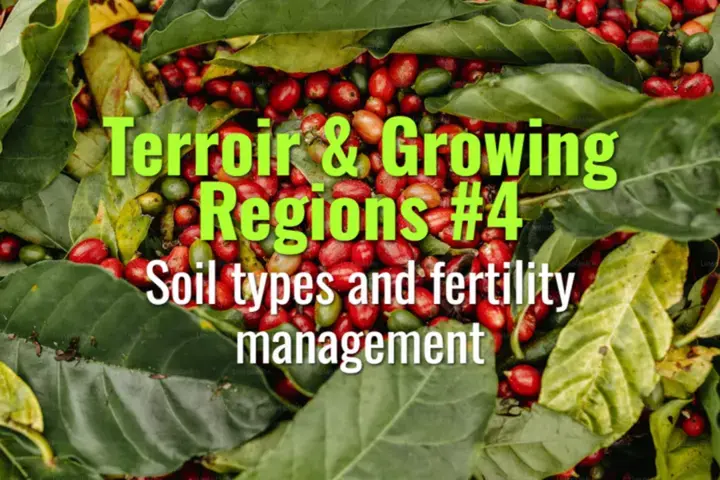
This topic explores the main soil types suitable for coffee cultivation, how soil fertility influences plant health and cup quality, and the management practices farmers use to sustain productive soils.
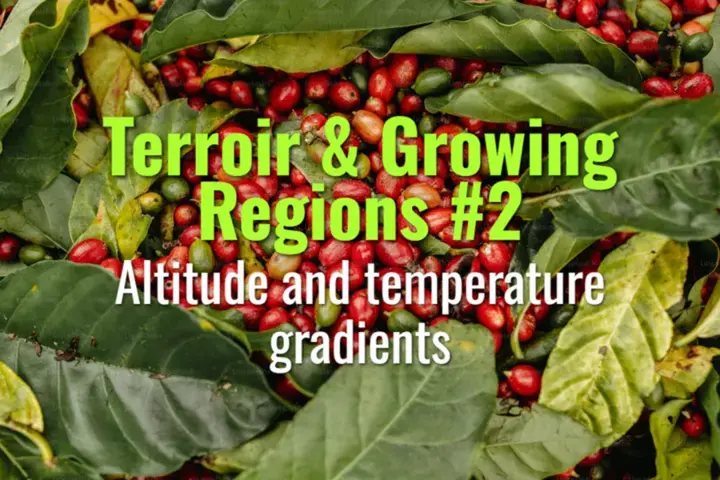
This topic explains how altitude and temperature gradients shape coffee growth, yield, and flavor, and why these environmental factors are crucial to terroir and quality expression.
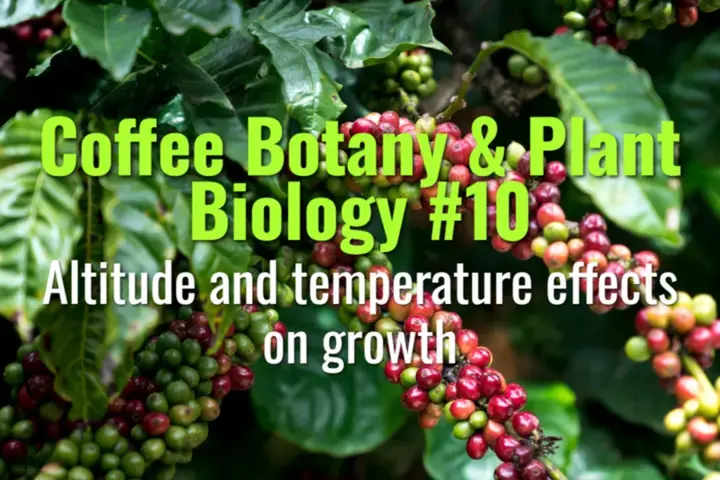
This topic explores how altitude and temperature shape coffee growth, yield, and flavor, explaining why terroir is central to coffee’s identity and quality.